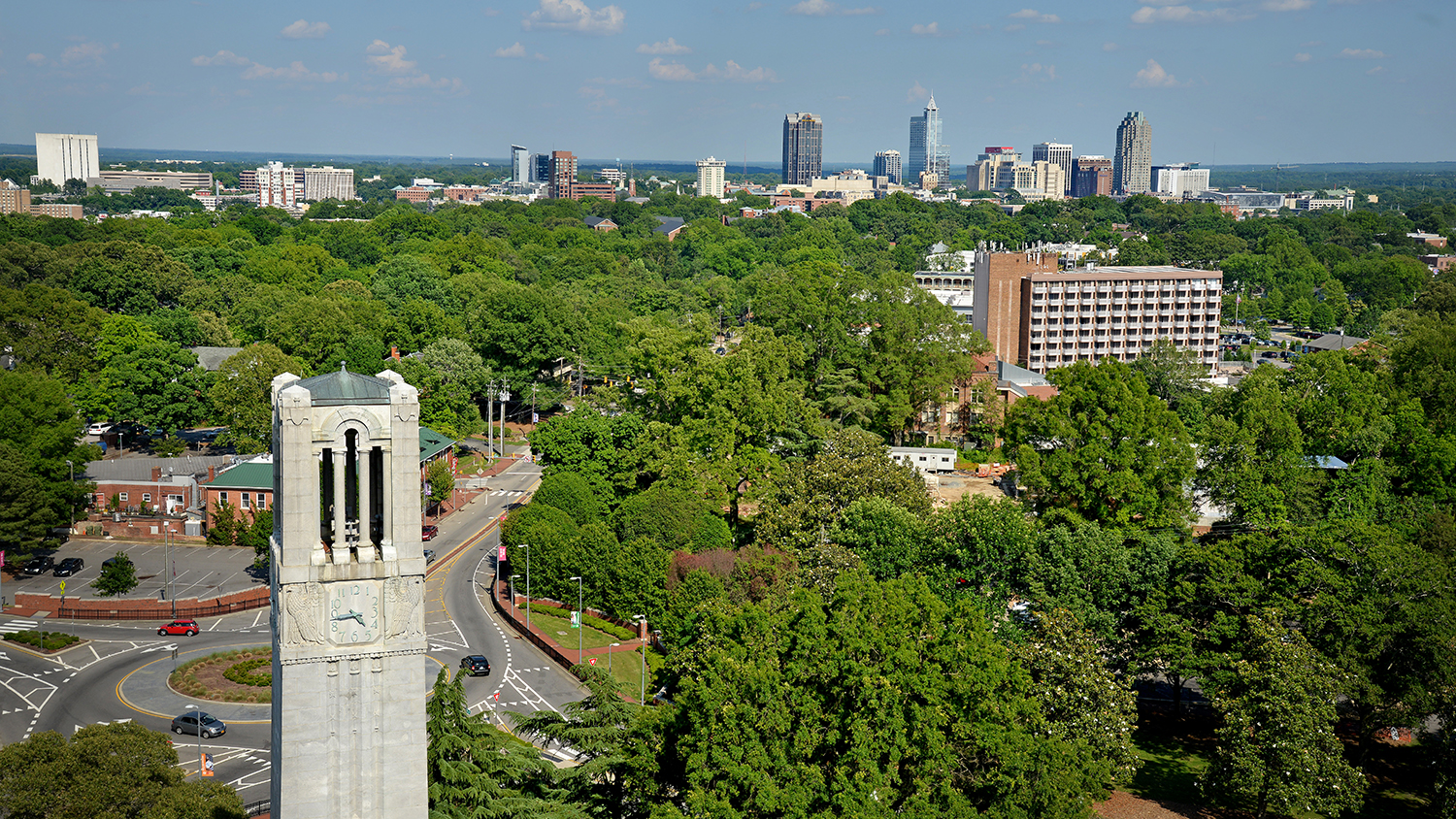By Dr. Mike Walden
Most people engage to some degree in trying to predict the future. It can be for fun, such as predicting who will win the World Series or the next ACC championship. Or it can be serious, like when businesses attempt to forecast next year’s sales so they know how much product to make and workers to hire, and when our state leaders project future tax revenues so they know how much money will be available for programs and state workers’ pay.
Over the last couple of years I’ve engaged in some predicting of my own. Specifically, I’ve tried to forecast what North Carolina will be like in 2050. I’ve told people I chose 2050 for two reasons. First – and seriously – 2050 is far enough away to give us time to react to expected trends and changes. Second – and less seriously – in 2050 I will be 99 years old, so if I’m criticized for getting predictions wrong, I either won’t be around to hear them or I won’t care!
The forecasts for our state have just been published in my new book, North Carolina beyond the Connected Age: the Tar Heel State in 2050, published by The University of North Carolina Press. The title refers to my 2008 book, North Carolina in the Connected Age, in which I described the impacts from the state’s shift out of our traditional economy of tobacco, textiles and furniture to the new economy of technology, medicine, finance, vehicle parts and food processing. The new book looks at likely shifts in upcoming decades.
I divide the book into seven sections – population, places, businesses, jobs, education, resources and government. Let me give a highlight or two for each section and then let you decide if I’m on the correct track with my forecasts.
Population: North Carolina now has a population of 10.2 million people. I project this will climb to 13.4 million people by 2050. Two aspects to this growth stand out. First, the fastest growing demographic group will be the elderly (those 65 years old and up). They will comprise over one-fifth of the state’s population in 2050, up from 13 percent in 2010.
Second, the state’s population growth will continue to rely on people moving here from other states. If, for whatever reason, this in-migration slows, population growth will be smaller.
Places: Four decades ago North Carolina was a rural state, with more people living in rural and small town areas than in urban areas and big cities. Today North Carolina is a majority urban state, and dominance of metropolitan regions will likely increase in future decades. Indeed, some of our big-city counties, like Wake (home of Raleigh) and Mecklenburg (home of Charlotte) could double in population between 2010 and 2050. In contrast, one-third of the state’s counties – mostly in rural regions – will lose population during those 40 years as jobs and workers are drawn to the bright lights of the big cities.
Business: The state’s technology sector emerged and developed in the last forty years, and tech firms will have an even more prominent role in the future economy. Other growing businesses will include alternative energy, firms providing services to the expanding elderly population and businesses engaged in international trade, like agriculture. Domestic manufacturing will expand, but the growth may be at the household – rather than factory – level using new 3D techniques. Time-starved higher income households will make greater use of household management companies, and artisanship (think craft-anything) will grow as a counter to mass production.
Jobs: The number and kinds of jobs the state will have in the future are perhaps the two most uncertain predictions in my book. There are alternative forecasts ranging from 1 million additional jobs between now and 2050 to one-half million fewer jobs. We do know many jobs will be eliminated by technology. The big unknown is how many new jobs in new fields will be created to replace them.
Many say the surest occupation for expansion is jobs in data management and analysis. We’ll also need new workers in trades like electricians and plumbers to replace retirees.
Education: With so much flux and uncertainty in the job market, education and training will become even more important than in the past. Educational institutions will face four challenges: accommodating displaced workers needing to retrain for new occupations, shifting institutions’ focus and resources with changes in the job market, improving the achievement of students and accomplishing these goals in both a more timely and cost-effective way.
Resources: Increasing the state’s population from 10 million to 13.4 million means the state will face significant increases for two key resources: power and water. Facilities to generate more power and water have become enormously expensive – plus there are environmental consequences. Instead the solution will be improvements in power and water efficiencies; that is, using less power and less water per person. The keys to achieving this will be proper pricing and use of new technology – such as water recycling within homes.
Government: Among the many future challenges for government will be avoiding a generational clash for resources between education mainly for the young versus health care primarily for the old. The state’s tax system will also have to be altered to conform to new ways people will earn and businesses will produce.
So these are some of the big trends I see happening in North Carolina – but with no guarantee they will. Still, thinking about the future and how it might be different than today can help us prepare for the unknown. Can we control the future? You decide.
Walden is a William Neal Reynolds Distinguished Professor and Extension Economist in the Department of Agricultural and Resource Economics at North Carolina State University who teaches and writes on personal finance, economic outlook and public policy.
This post was originally published in College of Agriculture and Life Sciences News.
- Categories:



